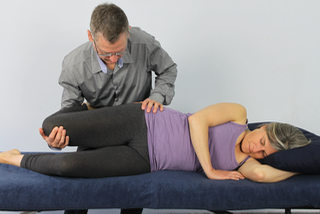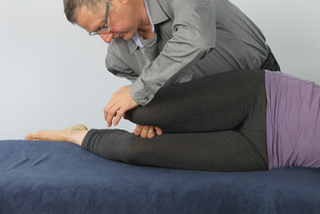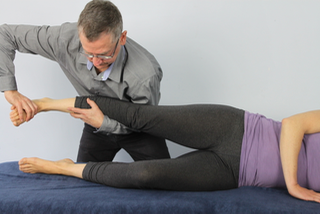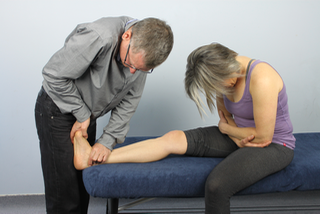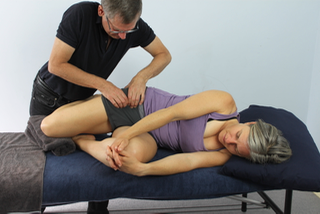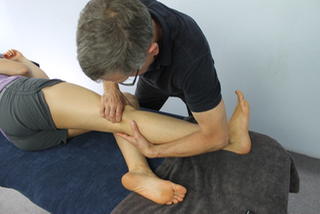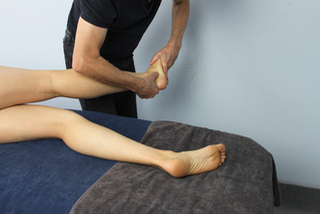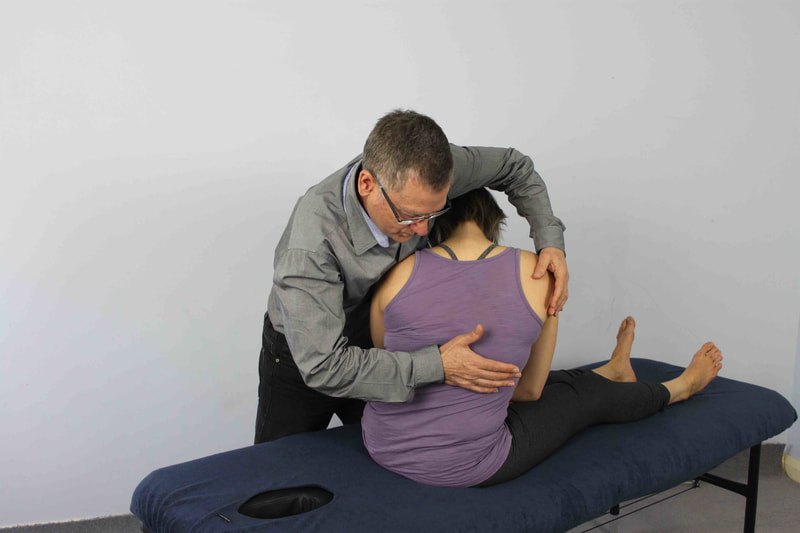SECOND TIER NEURODYNANICS COURSES NOW AVAILABLE!
NEW! Shacklock's NDS Clinical Neurodynamics Level 2 Courses
Lower Quarter 2 Course
|
Michael Shacklock (DipPT, MAppScMSK, FACP) and NDS Neurodynamic Solutions are very pleased to announce that we are now providing courses for more advanced practice in Clinical Neurodynamics.
NDS Neurodynamic Solutions has taught more than 10,000 clinicians and scientists worldwide in Shacklock's Clinical Neurodynamics approach and, with growing demand and requests for further development in NDS practical courses, two more courses are being released:
These courses take neurodynamics further into:
Course Highlights More diagnostic categories and advanced clinical reasoning illustrations of Shacklock's Clinical Neurodynamics system. Demonstrations of neurodynamic problem solving. Detailed hands-on (manual and active) neurodynamics and discussional elements. Many new techniques for manual diagnosis and integration of the nervous with musculoskeletal rehabilitation through to performance. |
Course Objectives
Advance and refine manual diagnosis and treatment skills to new areas of neurodynamics. Learn diagnoses and manual treatments for more nerves and neurodynamic dysfunctions:
|
What You Learn
|
How to:
Detect and treat the neurodynamic aspect to:
The course includes combined digital manual techniques over nerves during neurodynamic mobilisations. |



